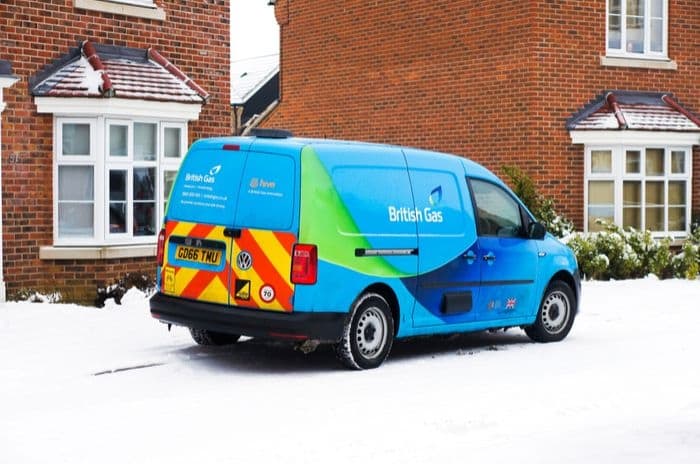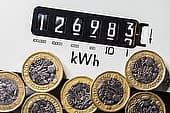Home > Energy > News > Energy price cap hits profits, say British Gas owner
Energy price cap hits profits, say British Gas owner
Centrica have announced that group profits will be reduced by £300m due to the energy price cap's effect on British Gas.
While profits across the whole group rose 12% in 2018, they warned that the price cap will impact cashflow in 2019.
The annual results come just days after British Gas announced that their prices are to rise in line with the energy price cap from April in line with other members of the "big six".
Centrica have been vocal about their opposition to the price cap which came into force on 1st January, even seeking a judicial review into the cap.

Price cap cited as damaging
Centrica's report is clear that it blames the implementation of the energy price cap for a reduction in their profits and reiterates its objections to the cap.
They argue that the price cap isn't a "sustainable solution" for the sector and that it will have unintended consequences on both customers and competition.
When the cap was first introduced in January, all the big six set their standard tariffs around £4 below the £1,137 cap.
This led challenger supplier Bulb to accuse them of using the cap as a target rather than a cap and deliberately squeezing money from customers.
The cap was cited by Extra Energy as a factor in its demise in November 2018, claiming that it had made the market unviable.
In their annual report, Centrica refer to the 12 failed energy suppliers in the UK market in 2018, implying that the cap has some bearing on the reduction of competition in the sector.
Centrica attempting to mitigate losses
The energy price cap applies to customers on standard variable tariffs, and so Centrica have launched other tariffs to offer fixed-term options to customers.
They say that this has resulted in a reduction in the number of customers on the SVT from 5m at the beginning of 2017 to 2.9m by the end of 2018.
However, they reaffirm their criticism of the way Ofgem have calculated the price cap, especially the way they revised the methodology of the calculation prior to implementation.
When the cap was first proposed, it was intended to reflect the wholesale costs from April to September 2018.
This was revised by Ofgem to cover the period of February to July 2018, with Centrica arguing that it left suppliers out of pocket when faced with a disproportionately low cap.
In their report, Centrica point out that this alteration left them unable to retrospectively mitigate the consequences of the change, resulting in their lower profits.
This forms the basis of their application for a judicial review.
Is the energy price good for customers?
For many customers, the prospect of a company as big as Centrica lowering their profit forecasts by £300m isn't something they will lose any sleep over.
Even so, Centrica have identified in their report that the number of domestic energy suppliers in the UK has decreased by 12 since the beginning of 2018.
This necessarily leads to less choice for customers, although the reasons for the collapse of those suppliers are not all directly linked to the price cap.
Another side-effect of smaller suppliers collapsing is that it can put more pressure on other suppliers to make up the shortfall in the Renewables Obligation.
This is a fund contributed to by suppliers who don't source enough energy from renewable sources, but payments are often missed by providers heading towards collapse.
Any shortfalls in the fund are then recovered from other suppliers who have already contributed their share.
Ultimately, this will lead to energy companies recovering those extra costs from customers in one form or another, representing another unintended side-effect of energy market regulations.
Get insider tips and the latest offers in our newsletter

We are independent of all of the products and services we compare.

We order our comparison tables by price or feature and never by referral revenue.

We donate at least 5% of our profits to charity, and we have a climate positive workforce.
Latest News

02 January 2024
Energy prices increase by 5%
23 November 2023
Energy price cap to rise 5% in January 2024
24 October 2023
Energy companies must do more to support customersGet insider tips and the latest offers in our newsletter


